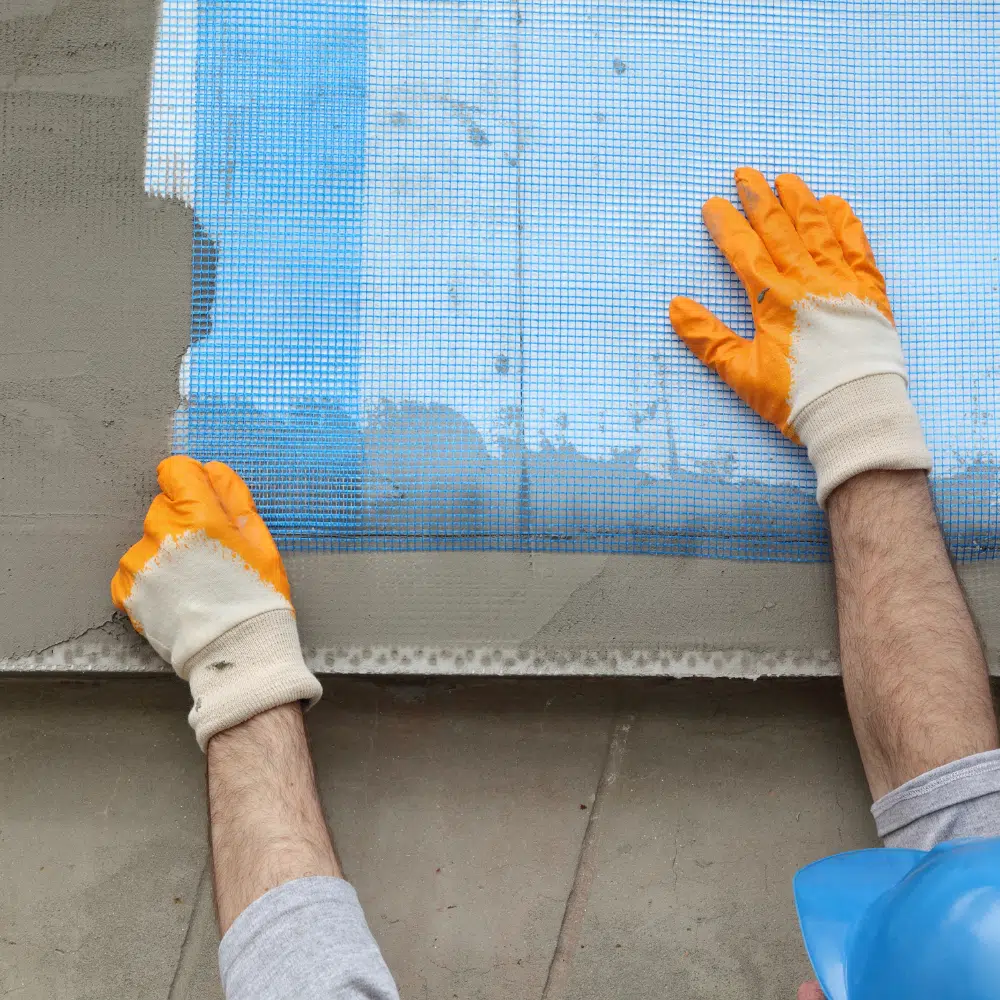February marks the onset of a unique climate, presenting both challenges and opportunities for homeowners considering stucco installation. Whether you’re aiming to enhance your home’s curb appeal or reinforce its protective exterior, this blog will guide you through the stucco installation process tailored to the nuances of the February climate. Let’s explore the tips and insights that will help you build beauty into your home’s exterior even amid winter.
1. Timing Matters: Choosing the Right Days
February weather can be unpredictable, with temperature fluctuations and potential precipitation. Optimal stucco installation requires moderate temperatures and dry conditions. We’ll delve into the importance of timing your installation on days with milder weather, maximizing the curing process, and ensuring the stucco adheres seamlessly to your home’s exterior.
2. Winter-Grade Stucco Mix: A Key Ingredient
Not all stucco mixes are created equal, and for February installations, a winter-grade stucco mix is crucial. We’ll explore the composition of winter-grade stucco, understanding how it is formulated to withstand colder temperatures and ensure proper curing. This tailored mix is a key ingredient in building beauty that lasts, even in the chilly climate of February.
3. Moisture Management: Guarding Against Winter Precipitation
Managing moisture is paramount during stucco installation, especially in a month like February when snow or rain may be in the forecast. We’ll discuss strategies for protecting the stucco against moisture during the curing process, ensuring a robust and lasting bond that stands up to the challenges of winter weather.
4. Temperature Considerations: Finding the Sweet Spot
Stucco installation is sensitive to temperature extremes. We’ll provide insights into finding the temperature sweet spot for installation in February, where it’s not too cold to hinder curing and not too warm to compromise the process. Discover how a careful balance ensures the stucco sets properly, creating a beautiful and resilient finish.
5. Professional Expertise: A Winter-Ready Advantage
While some homeowners may opt for DIY projects, stucco installation in February benefits greatly from professional expertise. We’ll explore the advantages of hiring experienced contractors who understand the intricacies of working in colder conditions, ensuring that your home’s exterior receives a flawless stucco finish that withstands the test of winter.
6. Preparing Your Home: The Importance of a Solid Foundation
Before the first layer of stucco is applied, your home needs a solid foundation. We’ll discuss the importance of preparing your home for stucco installation, addressing any existing issues, and ensuring a smooth and durable surface. A well-prepared foundation sets the stage for the beauty that stucco brings to your home’s exterior.
Crafting a Beautiful Exterior in February
Building beauty into your home’s exterior with stucco installation in February is a strategic and rewarding endeavor. By considering timing, using winter-grade stucco mix, managing moisture, and balancing temperatures, you can ensure a flawless finish that enhances both the aesthetics and protection of your residence. Whether you’re embarking on a DIY project or seeking professional assistance, the tips in this guide will empower you to create a beautiful and resilient exterior that stands up to the unique challenges of the February climate.
Discover stucco installation tips for February’s climate with CDP Stucco. Build enduring beauty for your property.

